
Doctor Reveals: Simple One-Minute Thumb Test Could Detect a "Ticking Time Bo.mb" He.art Condition
Doctor Reveals: Simple One-Minute Thumb Test Could Detect a "Ticking Time Bo.mb" He.art Condition
An emergency physician has shared a quick and simple thumb test that takes just one minute but could potentially detect a life-threatening heart condition — an aortic aneurysm — often referred to as a “ticking time bomb.”
Dr. Joe Whittington, an emergency medicine specialist based in California, USA, explained that stretching your thumb across your palm could be a warning sign of an increased risk for an aortic aneurysm.
An aortic aneurysm is a condition where the aorta — the main artery that carries blood from the heart to the rest of the body — becomes enlarged or bulges. If it ruptures, it can lead to severe internal bleeding and is often fatal without emergency surgery.
Dr. Whittington explained:
“Hold your hand up like you’re signaling someone to stop. Now, try to stretch your thumb across the palm as far as possible. Does it stop at the edge of your palm? Or does it go past it, like this? If it goes past, you’ve tested positive on what’s called the thumb-palm test.”
If your thumb extends beyond the edge of your palm, this could indicate unusually elastic connective tissues — a sign that similar abnormal elasticity might be present in the walls of your arteries, increasing the risk of bulging or rupture.
He referenced a 2021 study published in the Journal of the American College of Cardiology, which found that 60% of people with aortic aneurysms tested positive in the thumb-palm test. The study included 305 heart surgery patients, including those with diagnosed aneurysms.
While many aneurysm patients do not test positive, those who do may be at significantly higher risk, Dr. Whittington noted.
Most aortic aneurysms are asymptomatic until they rupture. However, if detected early through regular checkups, doctors can use medications like blood pressure drugs or recommend interventions to help prevent complications.
How to do the test:
-
Hold your hand up flat as if signaling “stop.”
-
With your palm open, try to stretch your thumb across the palm toward the opposite side.
-
If your thumb only reaches the middle of your palm, that’s considered normal.
-
If your thumb extends past the edge of your palm, it could indicate a risk of an aortic aneurysm — and you should speak to your doctor.
When symptoms do appear, they may include:
-
Chest, neck, or back pain
-
Swelling in the head, neck, or arms
-
Coughing, wheezing, or shortness of breath
-
Coughing up blood
Despite the concerning association, Dr. Whittington reassures:
“If you test positive, don’t panic. It doesn’t mean you definitely have an aneurysm — but it’s a good reason to speak with your doctor about a more thorough evaluation for connective tissue disorders.”
News in the same category


Achy Mornings? Here’s What Your Body’s Trying to Tell You — And How to Fix It

5 Pancreatic Can.cer Symptoms Often Mistaken for Sto.mach Issues

5 Types of Drinks That Can Harm Your Liv.er and Kid.neys at Night
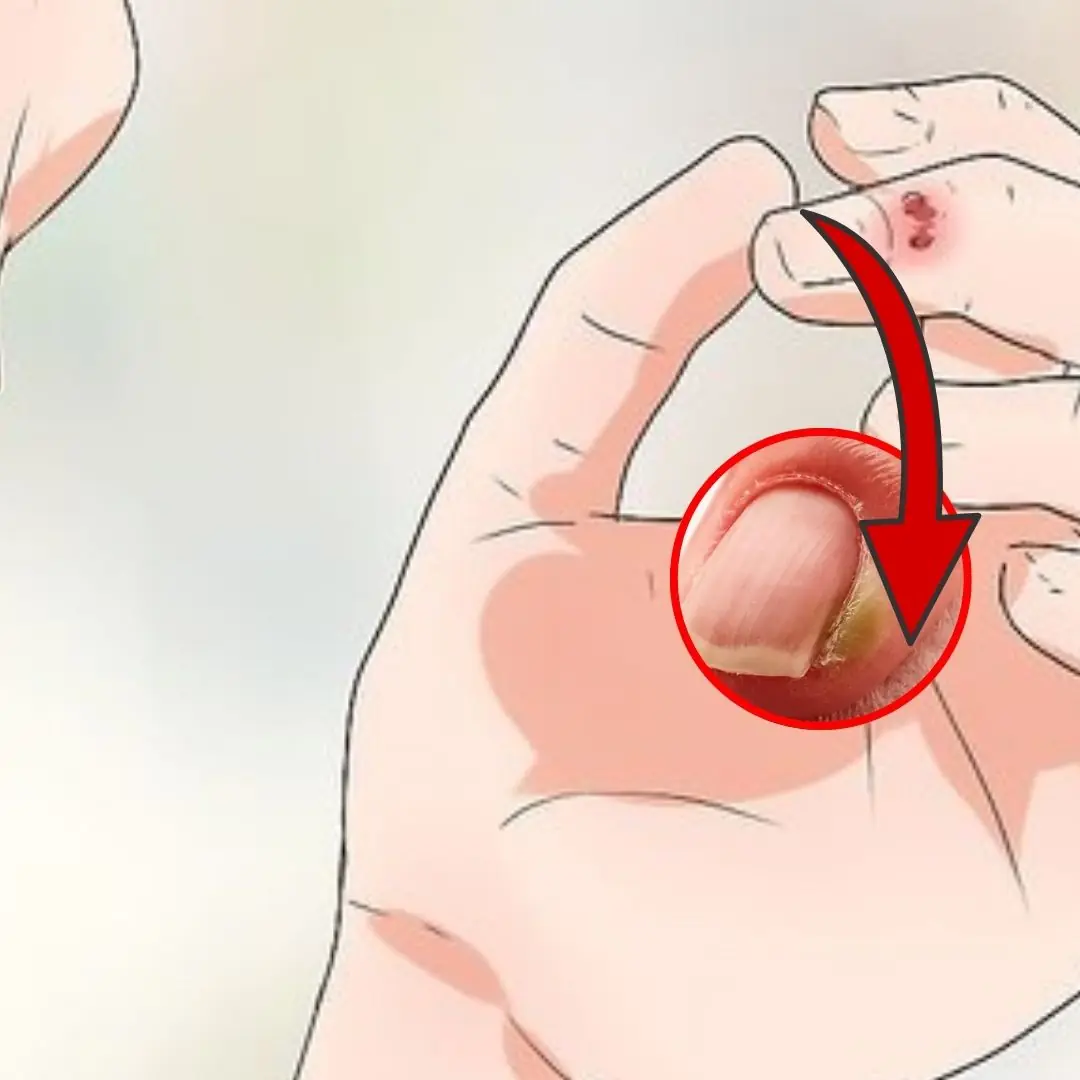
Suffering from Canker Sores? Here Are 3 Powerful Home Treatments You Should Try

When Fat Invades and Des.troys the Liv.er, the Body Swells in 5 Areas

3 “Golden” Foods That Help Women During Menopause

4 Clear Warning Signs of Stro.ke

6 Bodily Changes That Are “SOS Signals” From Your Kid.neys Before Can.cer

Your Body Might Be Low on Zinc — Here Are 6 Signs to Watch For

Woman gets brain infection after eating refrigerated watermelon

Bread May Be Delicious, But These 5 Groups Should Limit It

Identifying the “Switch” That Reduces Can.cer Cell Survival by 53%

Just 3 Minutes in the Morning: This Simple Test Can Reveal Hidden He.art Disease
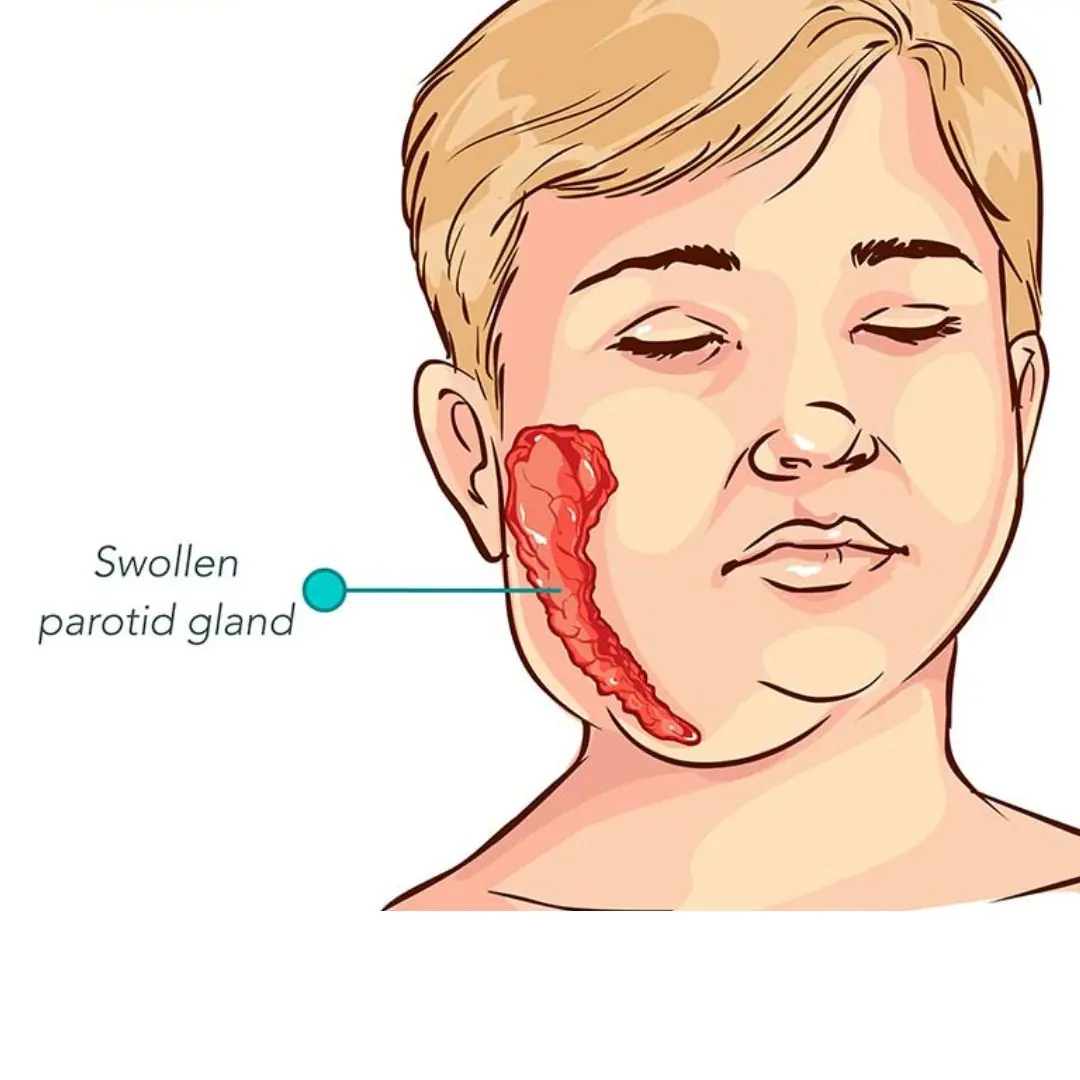
Does mumps in men affect reproductive health?

3 Types of Fruit Can.cer Cells “Love”
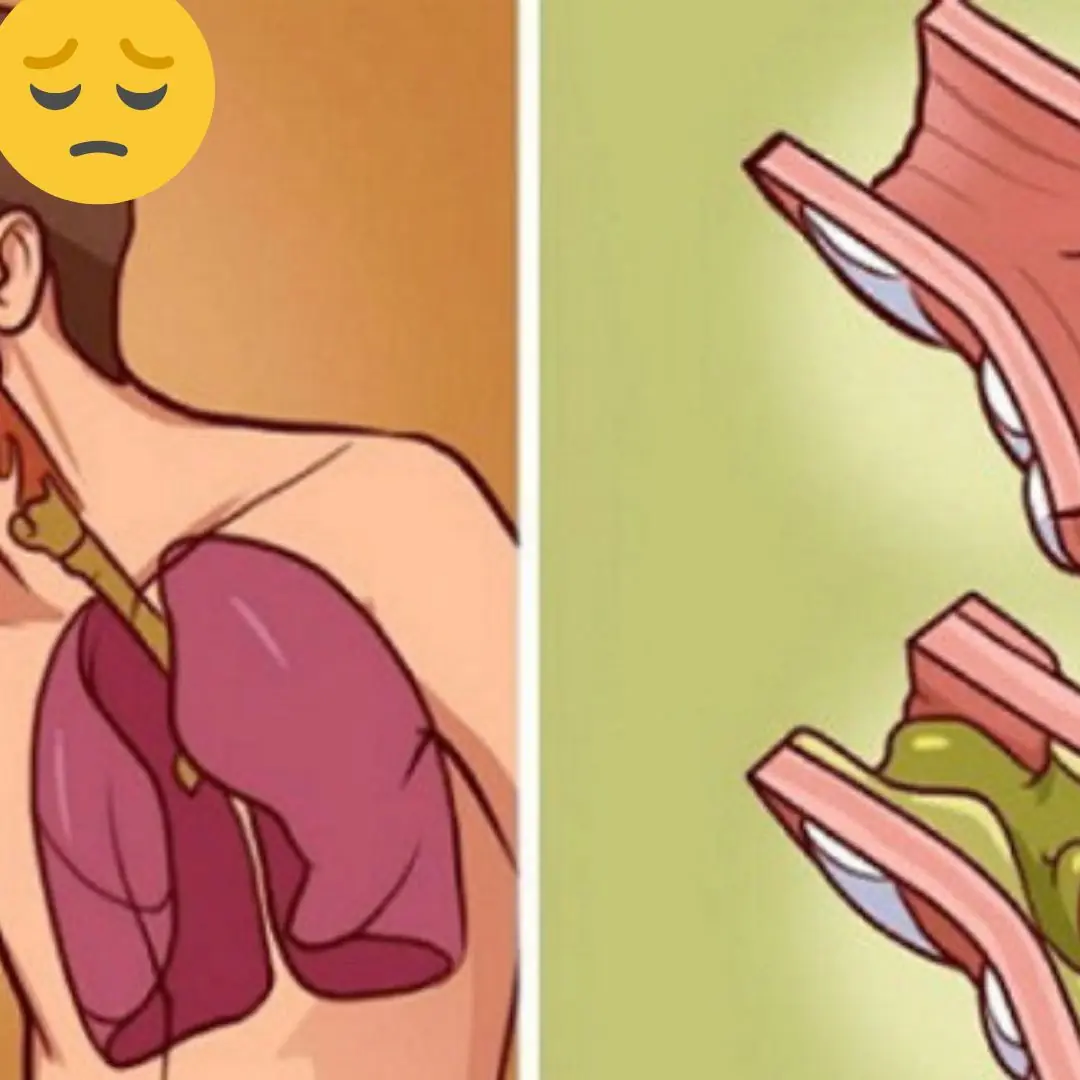
How to remove phlegm and mucus from chest and throat
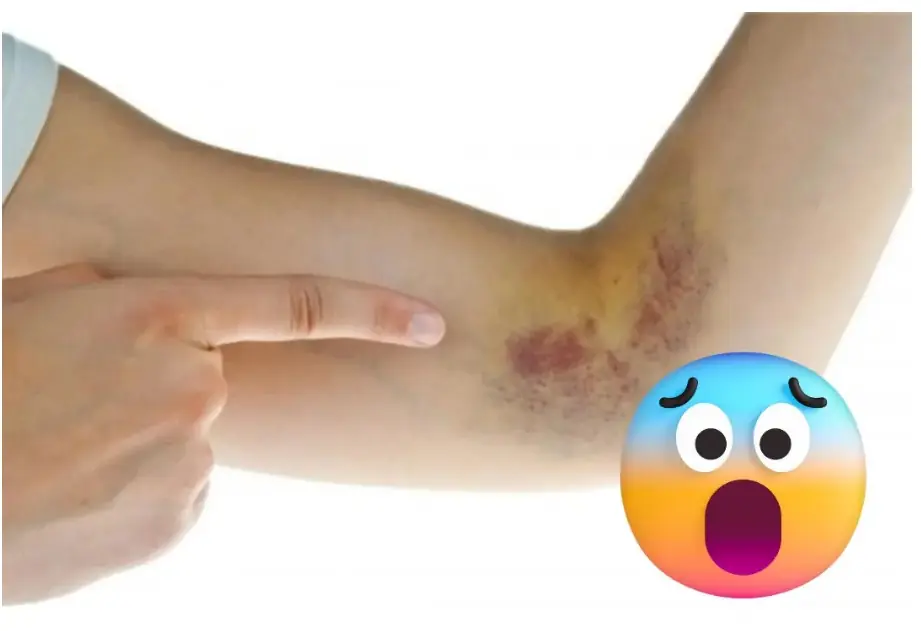
Simple signs to immediately recognize leukemia that you may never notice
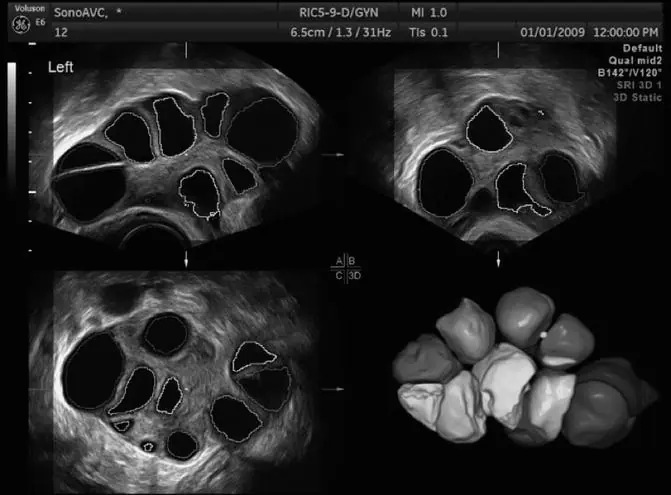
Two Kitchen Habits Behind Ova.rian Cysts — May Turn Can.cerous

3 Cooking Habits You Must Change Immediately
News Post

Ever seen red-tipped bananas in Europe? Here’s why they look that way

Spleen Cancer: A Rare But Dangerous Disease – You Need To Know!

When You Propose, Why Do You Get Down On One Knee? Exploring The Tradition Behind The Romantic Gesture

Drinking cold water at these 5 times can easily cause illness, no matter how much you like it, you should stay away from it

Achy Mornings? Here’s What Your Body’s Trying to Tell You — And How to Fix It

8 Early Signs of Mild Kid.ney Failure That Many People Ignore

Drinking Fresh Ginger Juice in the Morning Offers 5 Special Benefits

4 familiar traditional leaves that help de.t.o.x and cleanse the lu.ngs

Top 5 Everyday Foods That Help Women Reduce Excess Fat After 40

5 Pancreatic Can.cer Symptoms Often Mistaken for Sto.mach Issues

5 Types of Drinks That Can Harm Your Liv.er and Kid.neys at Night

Squint your eyes and guess what animals are hiding behind these illusions

Avoid These 3 Mistakes That Waste Electricity and Harm Your Health

The secret to removing stubborn stains on glass stovetops without scratching the surface

A Dirt-Cheap Kitchen Item Is the Ultimate Cockroach Kil.ler

Only 1% of people guess correctly this fruit associated with childhood – are you one of them?

Suffering from Canker Sores? Here Are 3 Powerful Home Treatments You Should Try

Is Your Home a Hidden Hive? 5 Signs of a Bee Infestation

7 Mistakes You Should NEVER Make During Hotel Checkout
